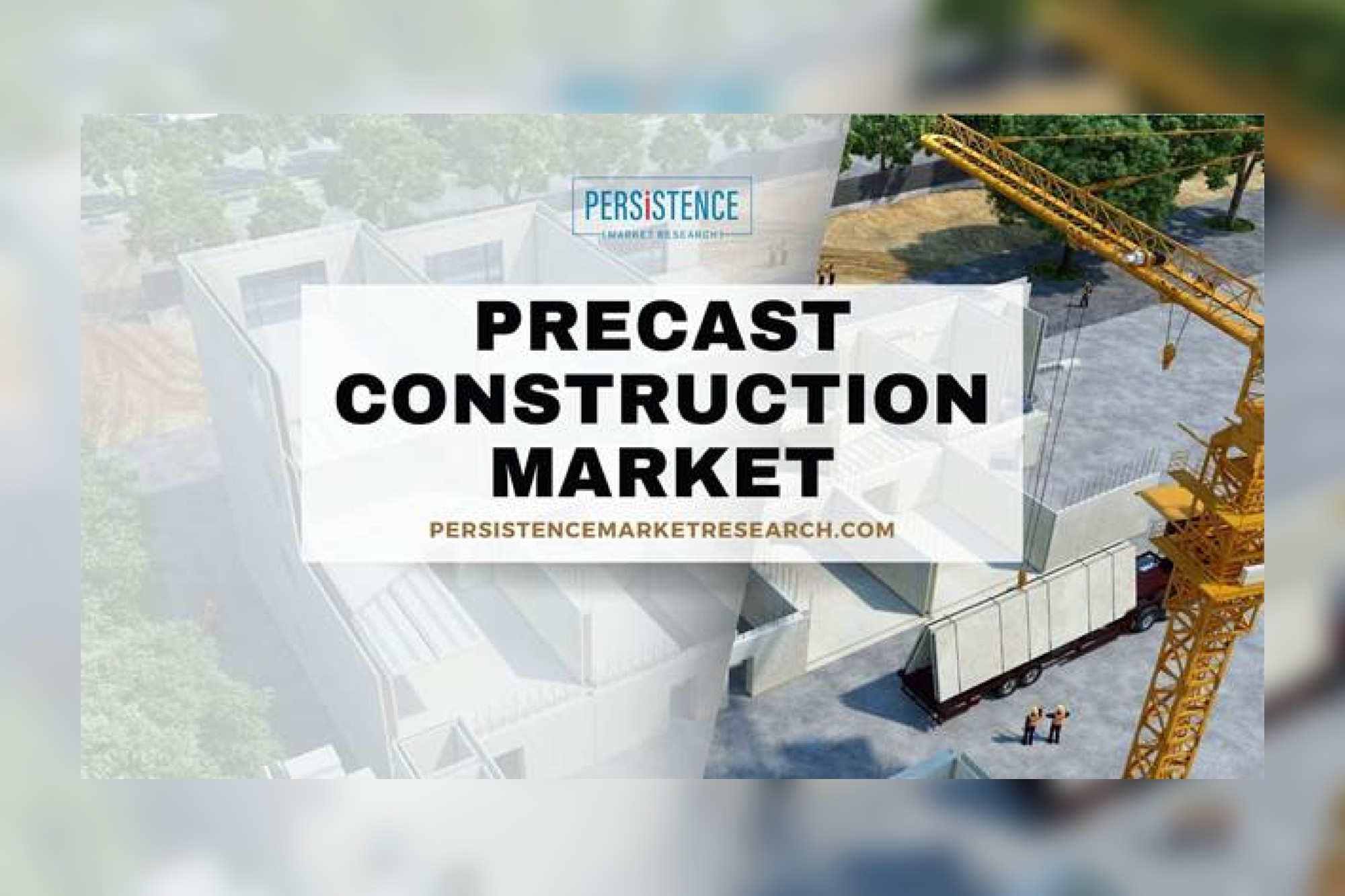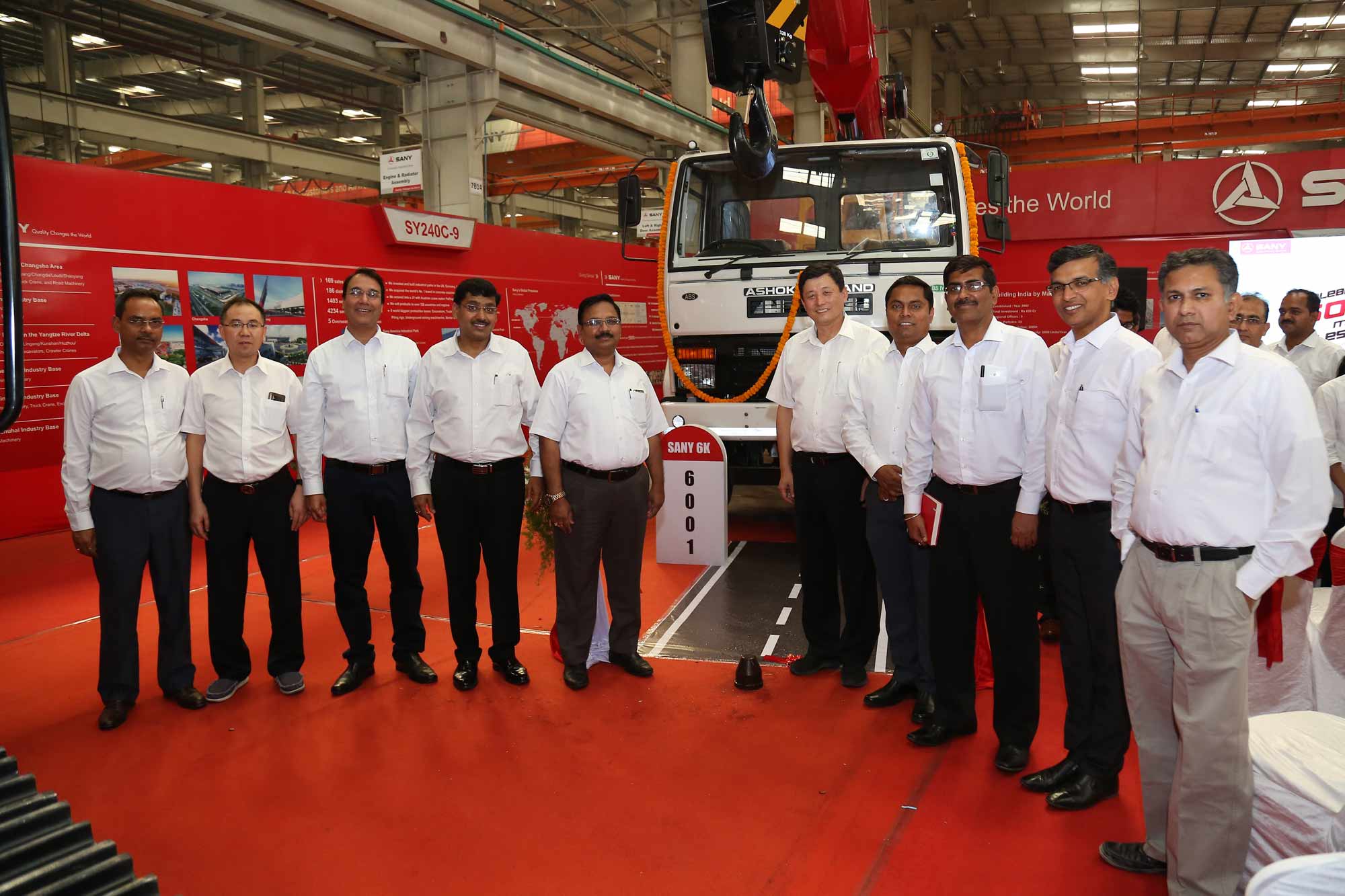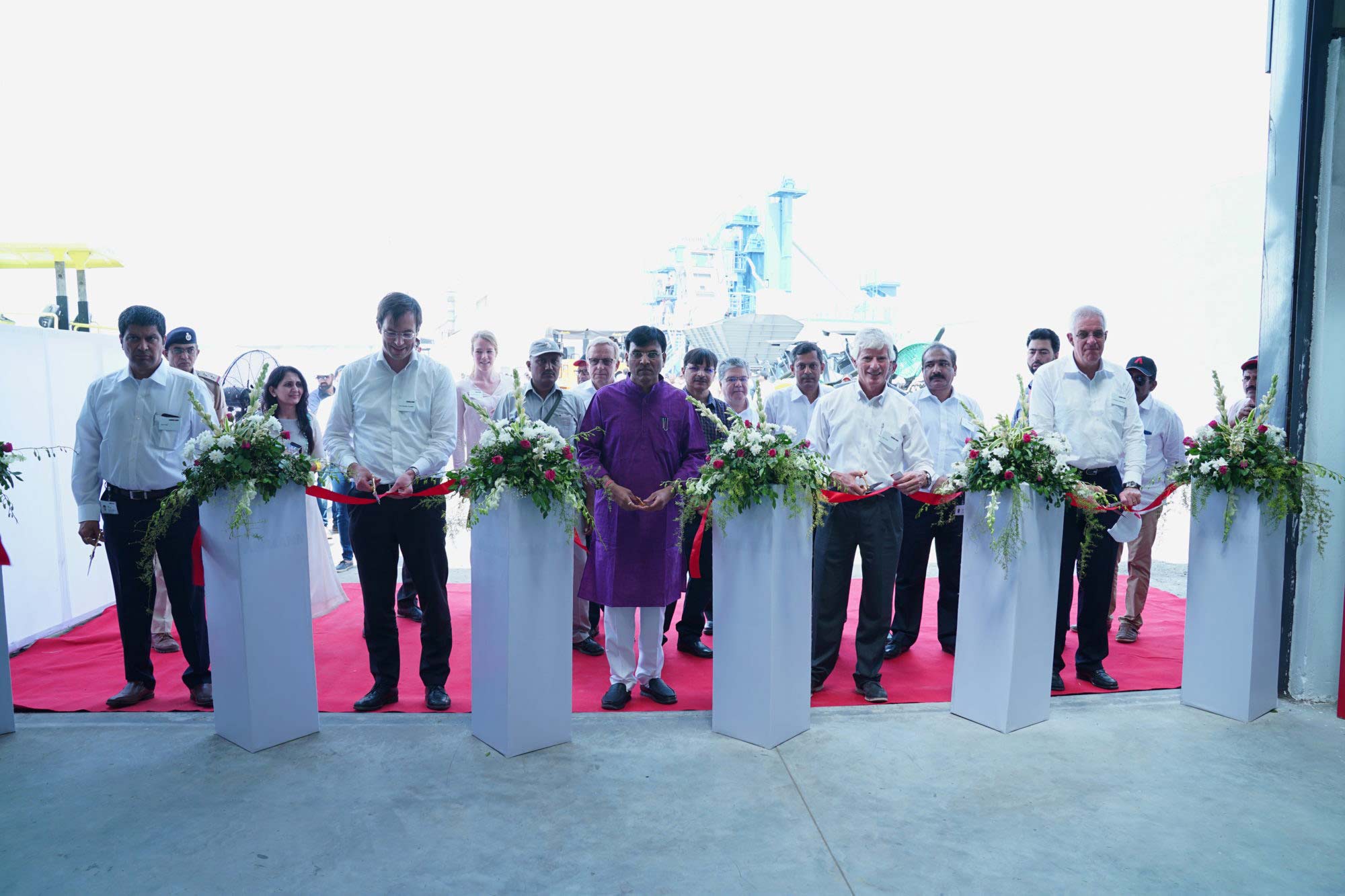Global precast construction market expands
By Edit Team | February 22, 2024 2:56 pm SHARE

Precast Construction Market Witnesses Steady Expansion Across Global Infrastructure Projects.
Executive Summary
Precast Construction involves the manufacturing of building components off-site in a controlled environment and their subsequent assembly at the construction site. These precast elements include walls, slabs, columns, beams, and specialised components tailored to specific project requirements. According to Persistence Market Research the global precast construction market is presently valued at USD 138.2 billion. With a compound annual growth rate (CAGR) of 6.5 percent, the market is projected to reach USD 214.5 billion by 2023–2030. The increasing demand for faster construction, coupled with the benefits of quality control, reduced construction time, and minimised waste, is driving market expansion.
In the ever-evolving landscape of construction, precast construction has emerged as a game-changer, revolutionising the way structures are built worldwide. This method involves the production of building components off-site, under controlled conditions, and then transporting them to the construction site for assembly. The precast construction market has been experiencing a steady expansion, playing a pivotal role in shaping the infrastructure projects around the globe.
The Rise of Precast Construction:
Efficiency and Time Savings:
One of the key drivers behind the growing popularity of precast construction is its ability to significantly reduce construction time. Unlke traditional methods, where each element is constructed on-site, precast components are manufactured in factories, allowing for parallel construction activities. This results in quicker project completion, leading to cost savings and a faster return on investment.
Quality Control:
Precast construction provides a controlled environment for manufacturing, reducing the impact of external factors such as weather on the quality of construction. This controlled setting ensures that each component meets strict quality standards before being transported to the construction site. As a result, precast structures often exhibit higher durability and consistency compared to traditional construction methods.
Cost Efficiency:
While the initial investment in precast technology may seem higher, the long-term benefits in terms of time and labor savings often outweigh the initial costs. Additionally, the standardised production process of precast components can lead to economies of scale, making it a cost-effective option for large-scale infrastructure projects.
Global Expansion of Precast Construction:
Urbanisation and Population Growth:
Rapid urbanisation and population growth in various regions have led to an increased demand for efficient and sustainable construction methods. Precast construction, with its ability to meet tight project deadlines and provide high-quality structures, has become an attractive solution for urban development projects, ranging from residential buildings to commercial complexes.
Infrastructure Development:
Governments worldwide are investing heavily in infrastructure development to stimulate economic growth. Precast construction is playing a vital role in this scenario, with its ability to accelerate project timelines and reduce the overall costs associated with infrastructure development. Bridges, tunnels, and highways constructed using precast components are becoming common sights across the globe.
Green Building Practices:
As sustainability becomes a focal point in the construction industry, precast construction aligns well with green building practices. The controlled manufacturing process minimises waste, and the use of durable materials contributes to the longevity of structures. This eco-friendly approach has further fueled the adoption of precast construction in various sustainable building projects.
Regional Trends in the Precast Construction Market:
North America:
The precast construction market in North America has witnessed significant growth, driven by the need for rapid and efficient construction methods. The region’s infrastructure projects, including highways, bridges, and commercial buildings, have increasingly incorporated precast components. Government initiatives to modernise and upgrade existing infrastructure have further propelled the demand for precast construction.
Europe:
Europe has been at the forefront of adopting innovative construction methods, and precast construction is no exception. The region’s focus on sustainable development and stringent building regulations has led to an increased preference for precast components. The European precast construction market is characterised by a high level of automation and advanced manufacturing processes.
Asia-Pacific:
With booming urbanisation and a surge in construction activities, the Asia-Pacific region has emerged as a major player in the precast construction market. Countries like China and India are investing heavily in infrastructure projects, and the use of precast components has become instrumental in meeting the growing demand for efficient and cost-effective construction solutions.
Challenges and Future Prospects:
Standardisation and Certification:
While precast construction offers numerous benefits, standardisation and certification processes vary across regions. Establishing uniform standards and certifications for precast components will be crucial for ensuring consistency in quality and facilitating cross-border projects.
Awareness and Education:
There is still a need for increased awareness and education within the construction industry regarding the advantages of precast construction. Collaborative efforts between industry stakeholders, government bodies, and educational institutions can help promote the benefits and best practices associated with precast construction.
Technological Advancements:
The integration of advanced technologies, such as Building Information Modeling (BIM) and robotics, into the precast construction process can further enhance efficiency and precision. Continued research and development in these areas will contribute to the continuous evolution of the precast construction market.
The precast construction market’s steady expansion across global infrastructure projects signifies a paradigm shift in the way we approach construction. With its efficiency, cost-effectiveness, and sustainability, precast construction has become a cornerstone in the development of modern infrastructure. As the industry continues to grow, addressing challenges and embracing technological advancements will be crucial in ensuring the sustained success and widespread adoption of precast construction methods. The future of construction is undoubtedly being shaped by the prefabricated precision of precast components, laying the foundation for a more resilient and sustainable built environment.
Cookie Consent
We use cookies to personalize your experience. By continuing to visit this website you agree to our Terms & Conditions, Privacy Policy and Cookie Policy.






































































